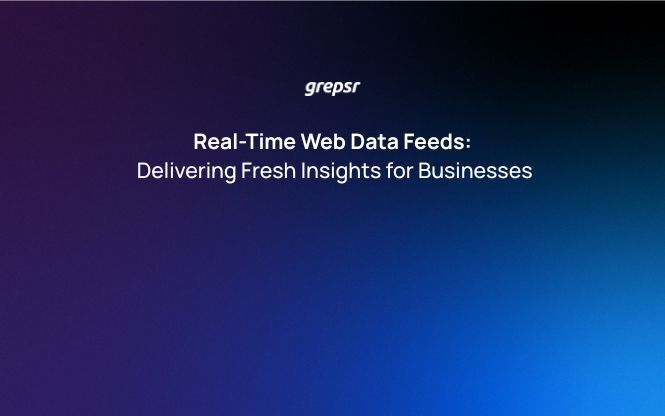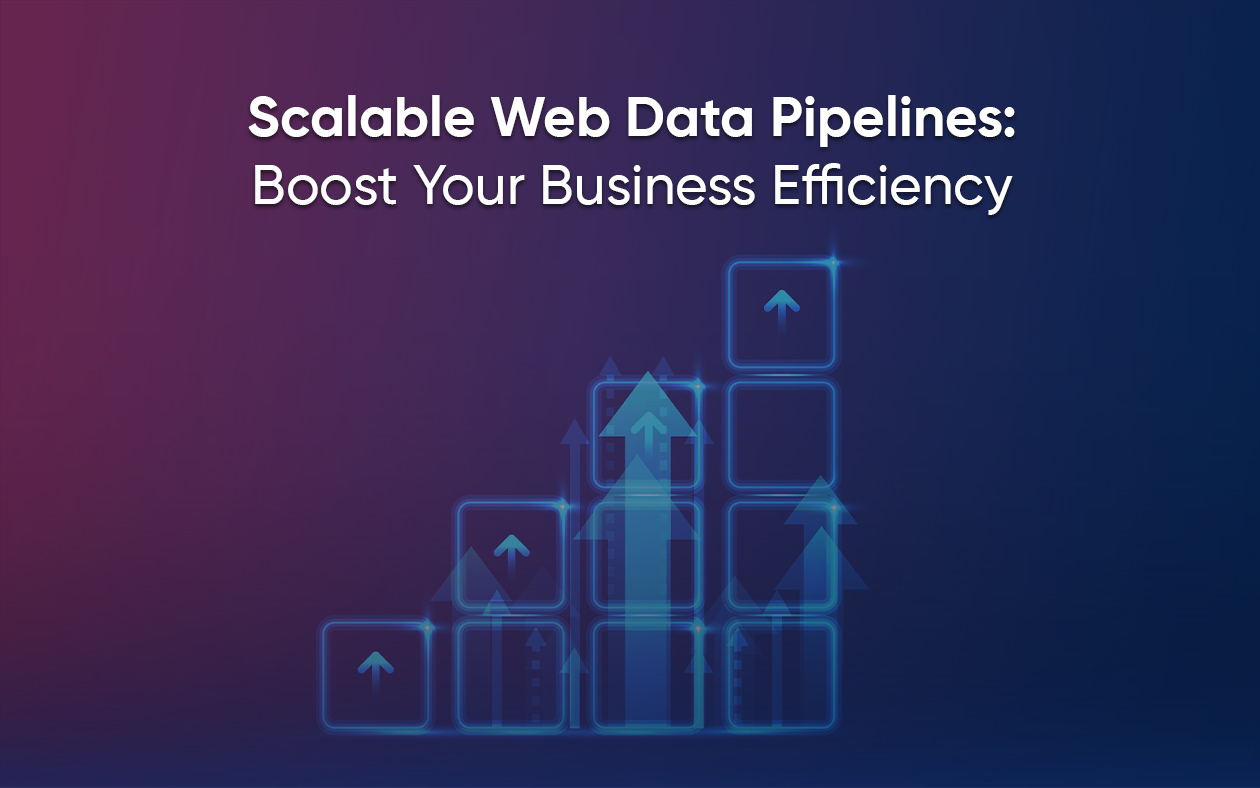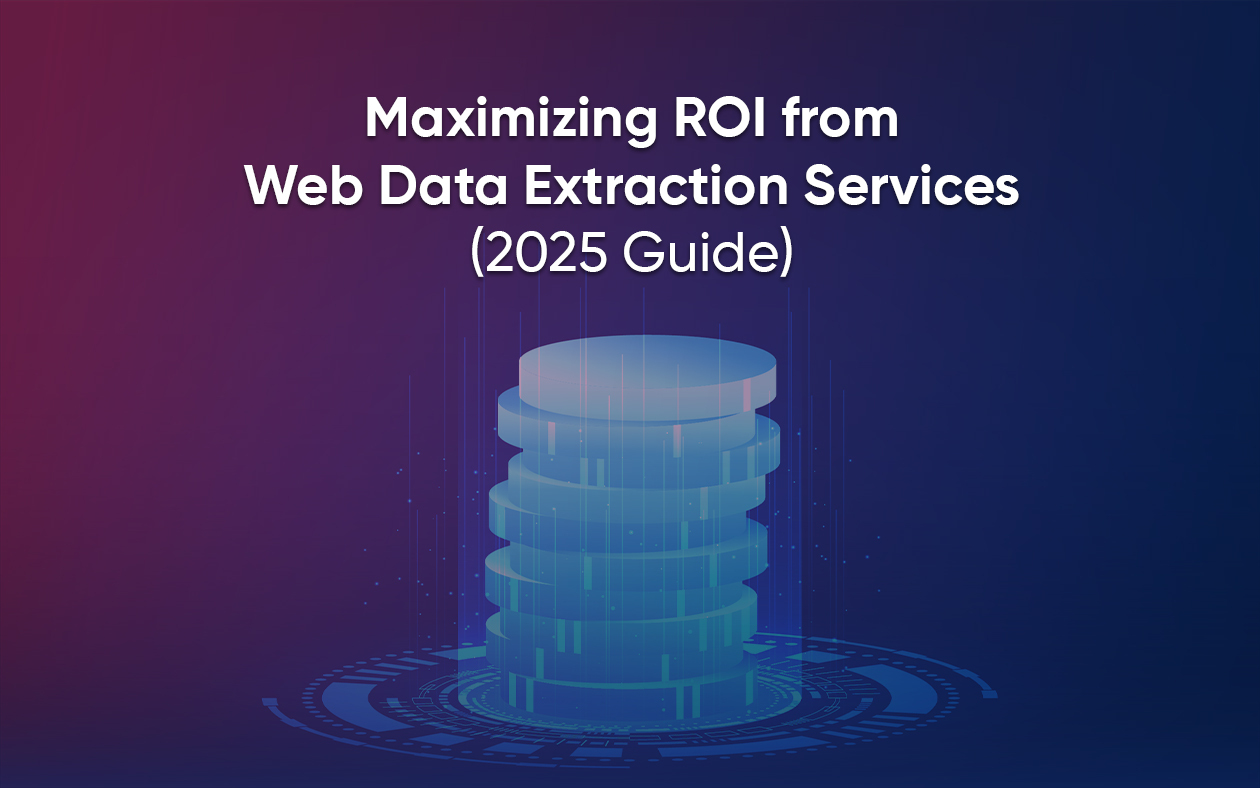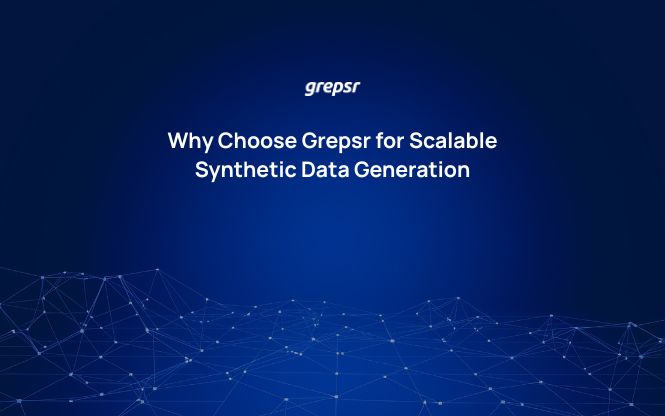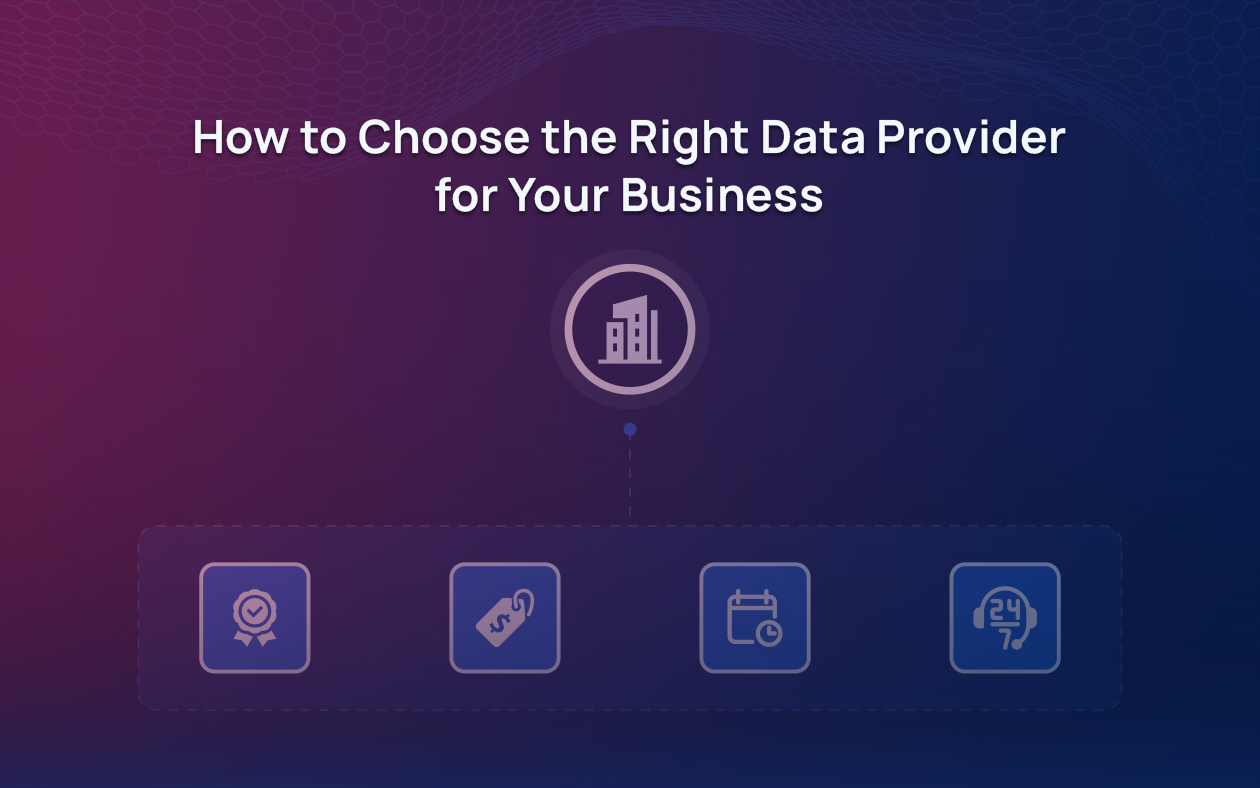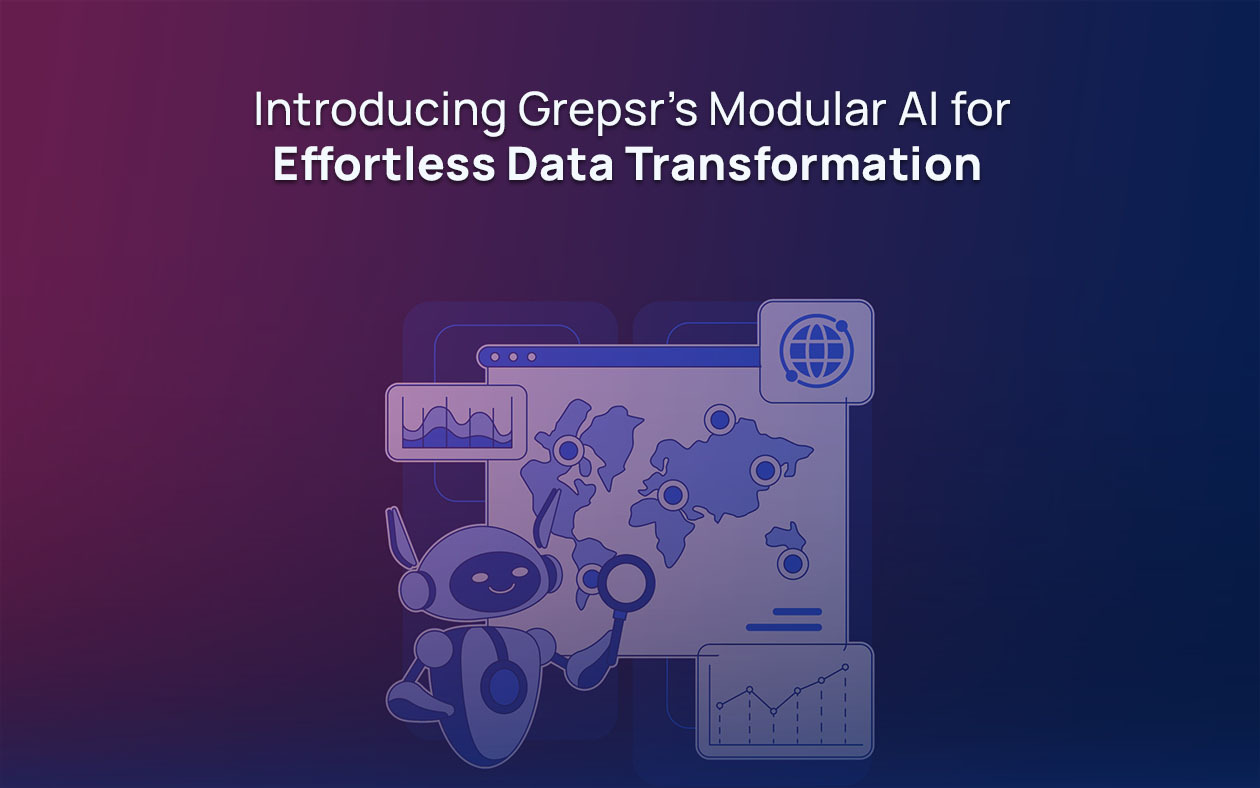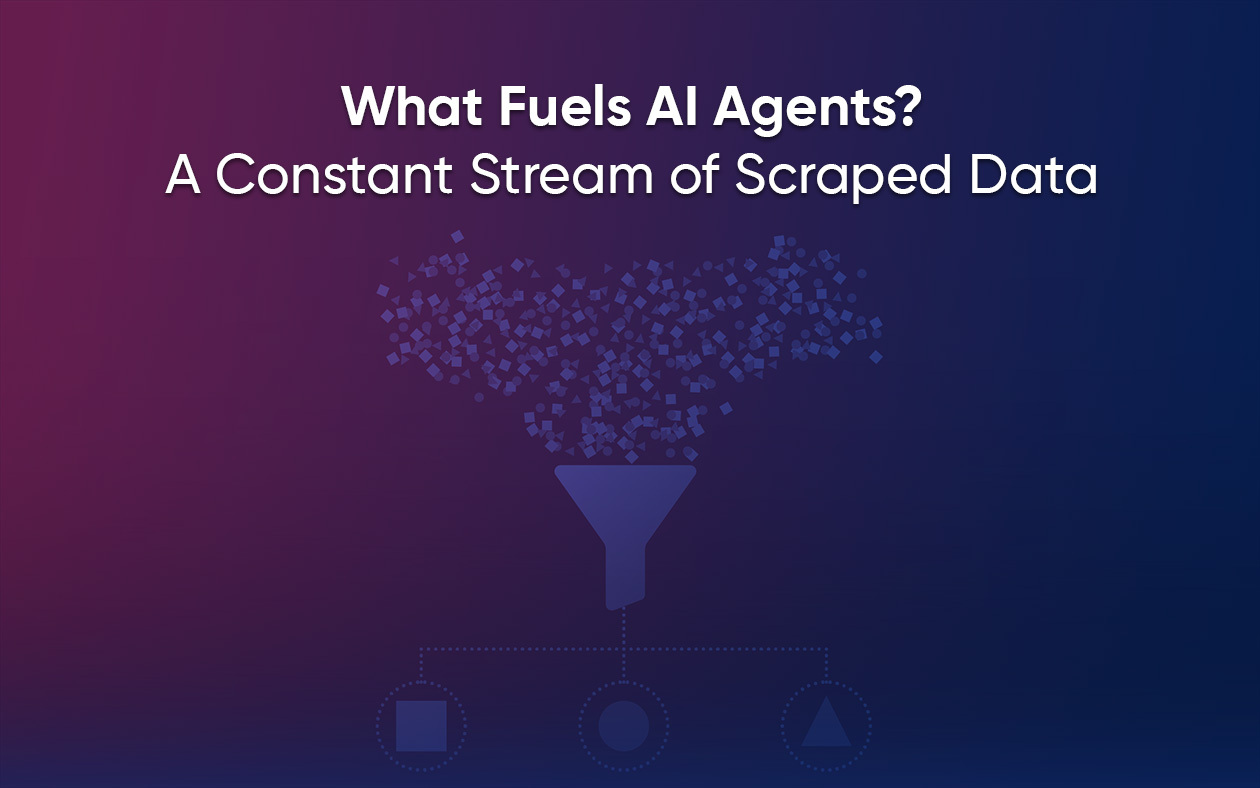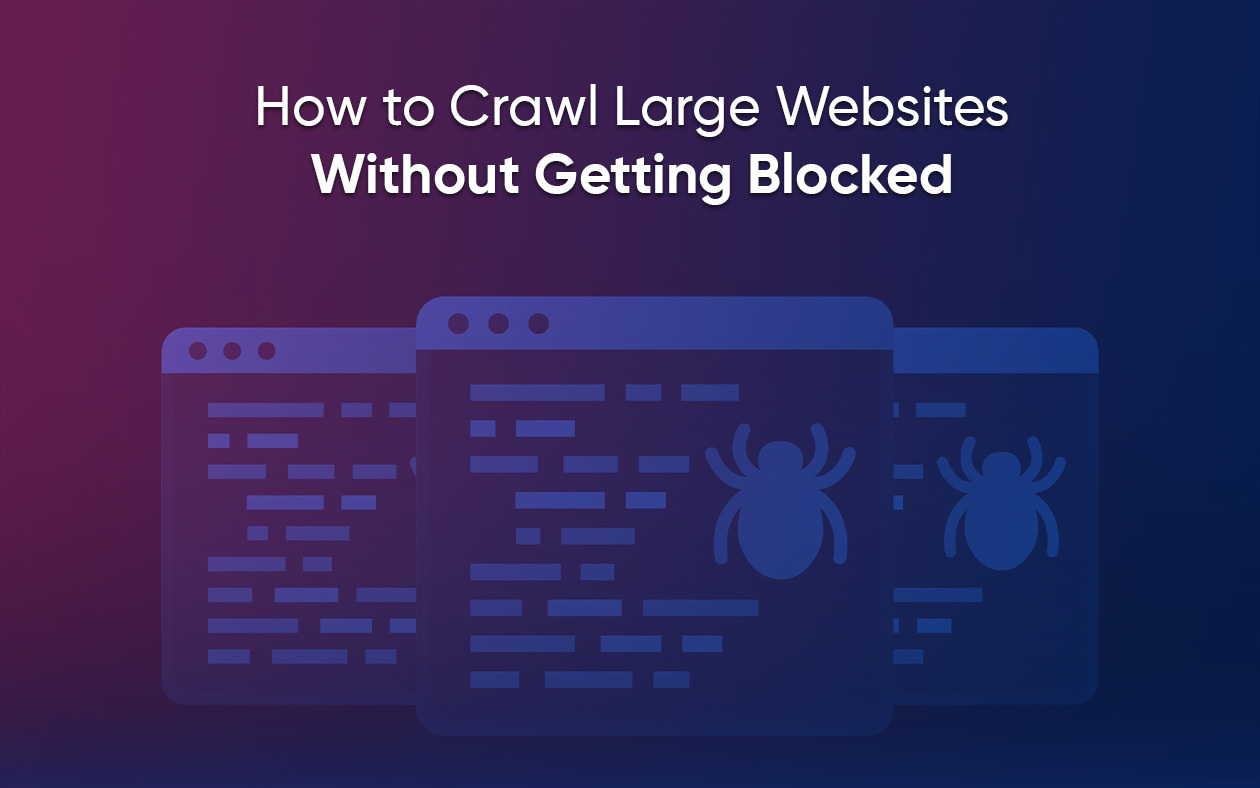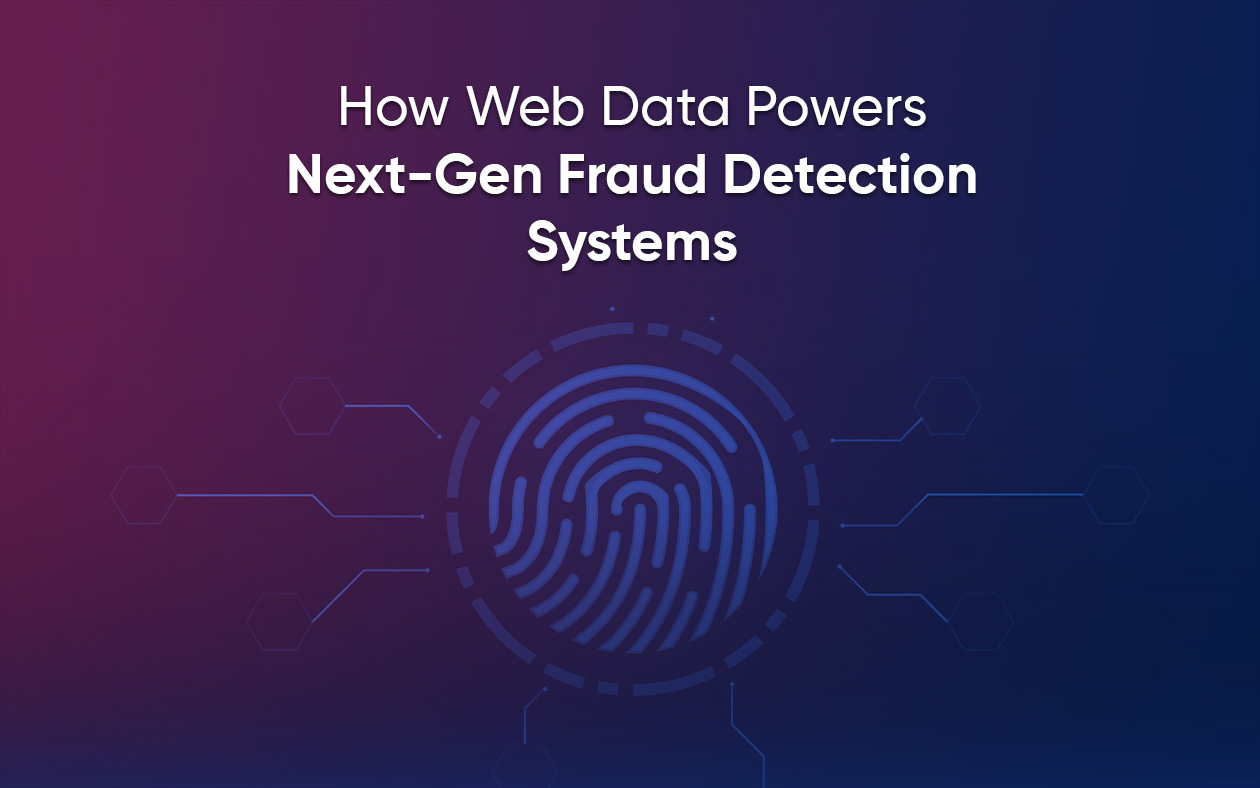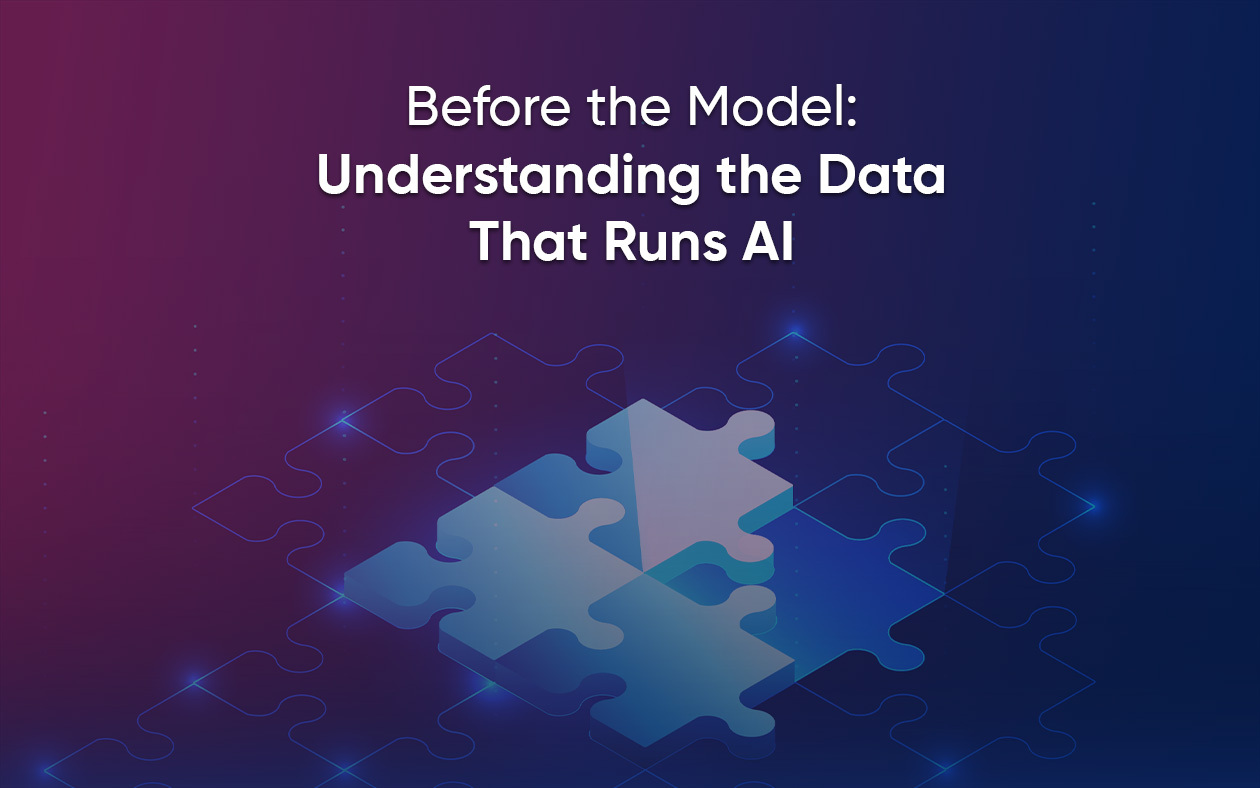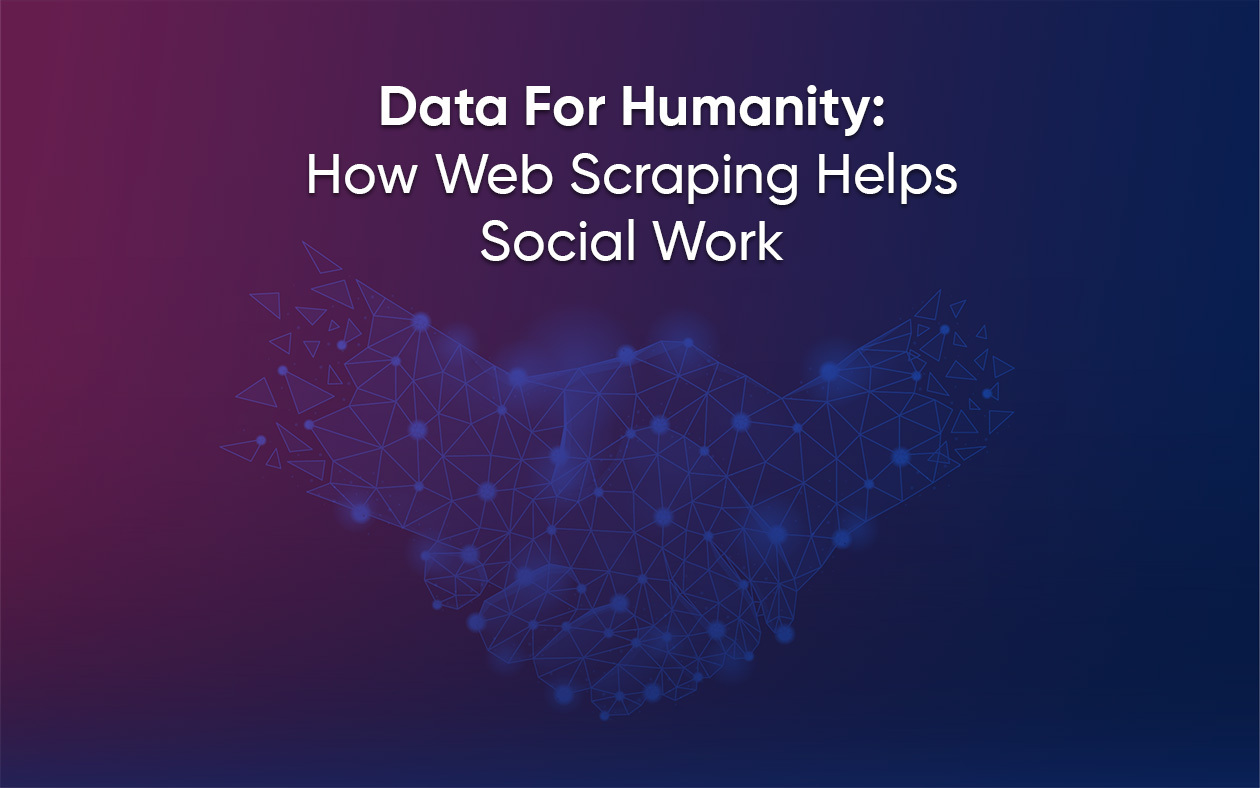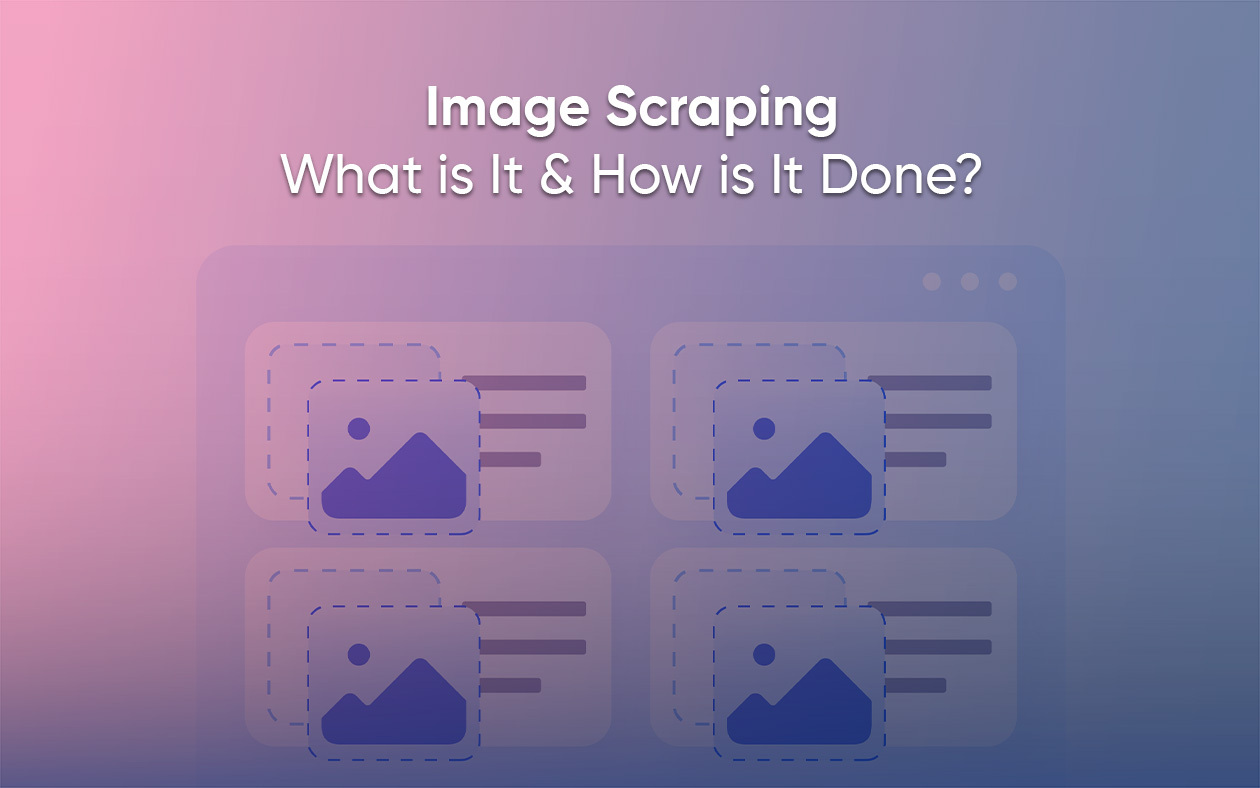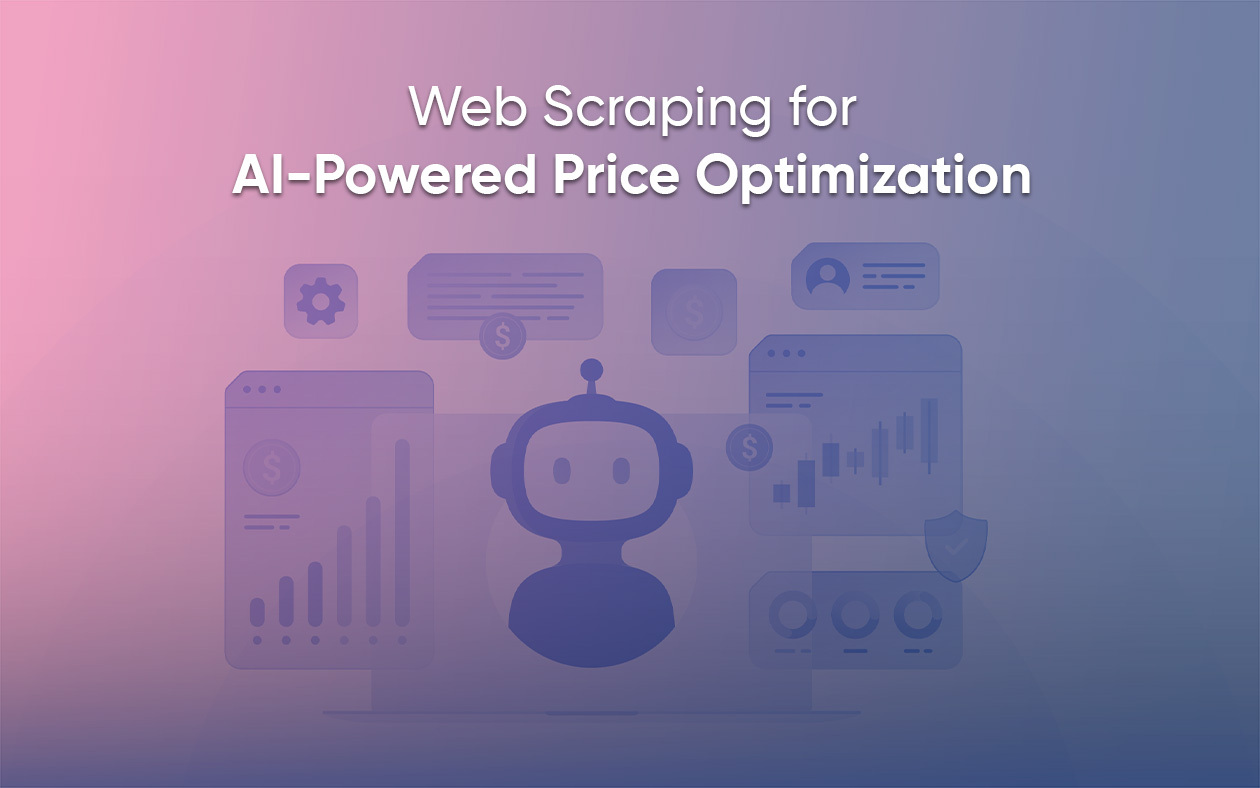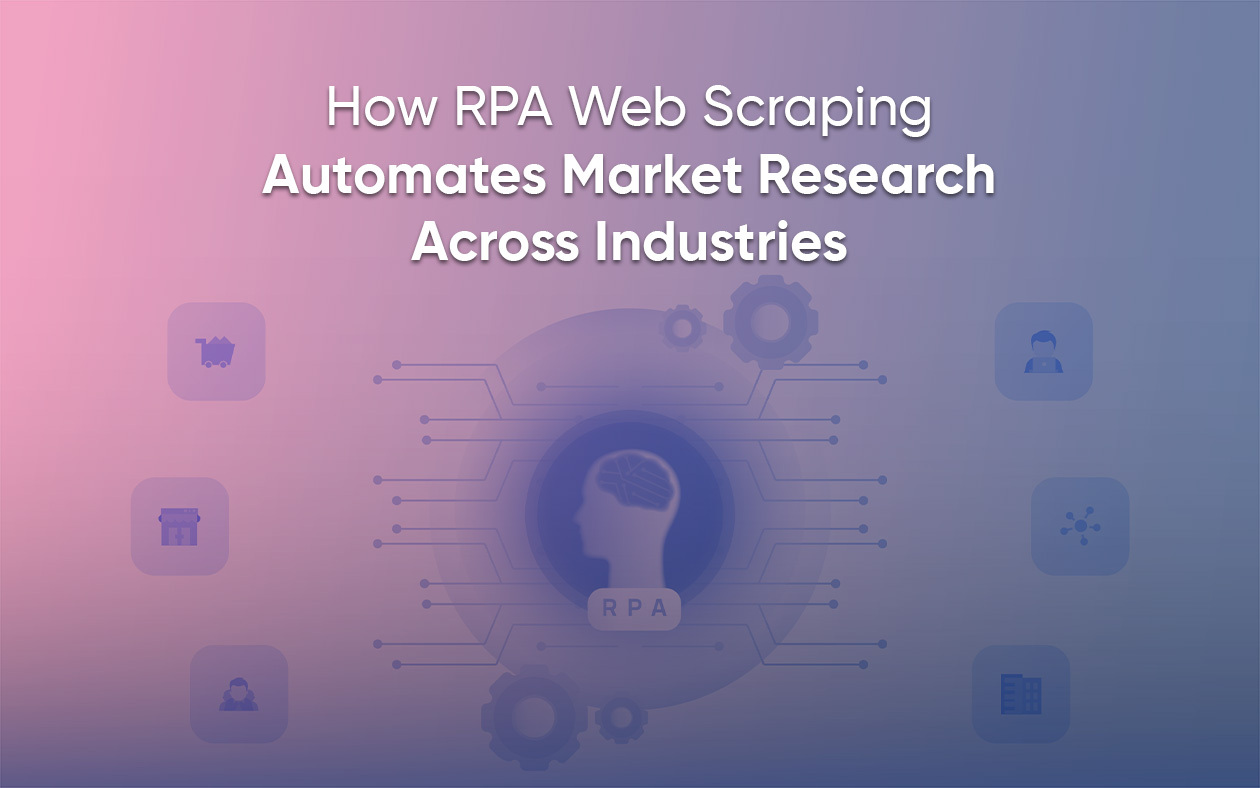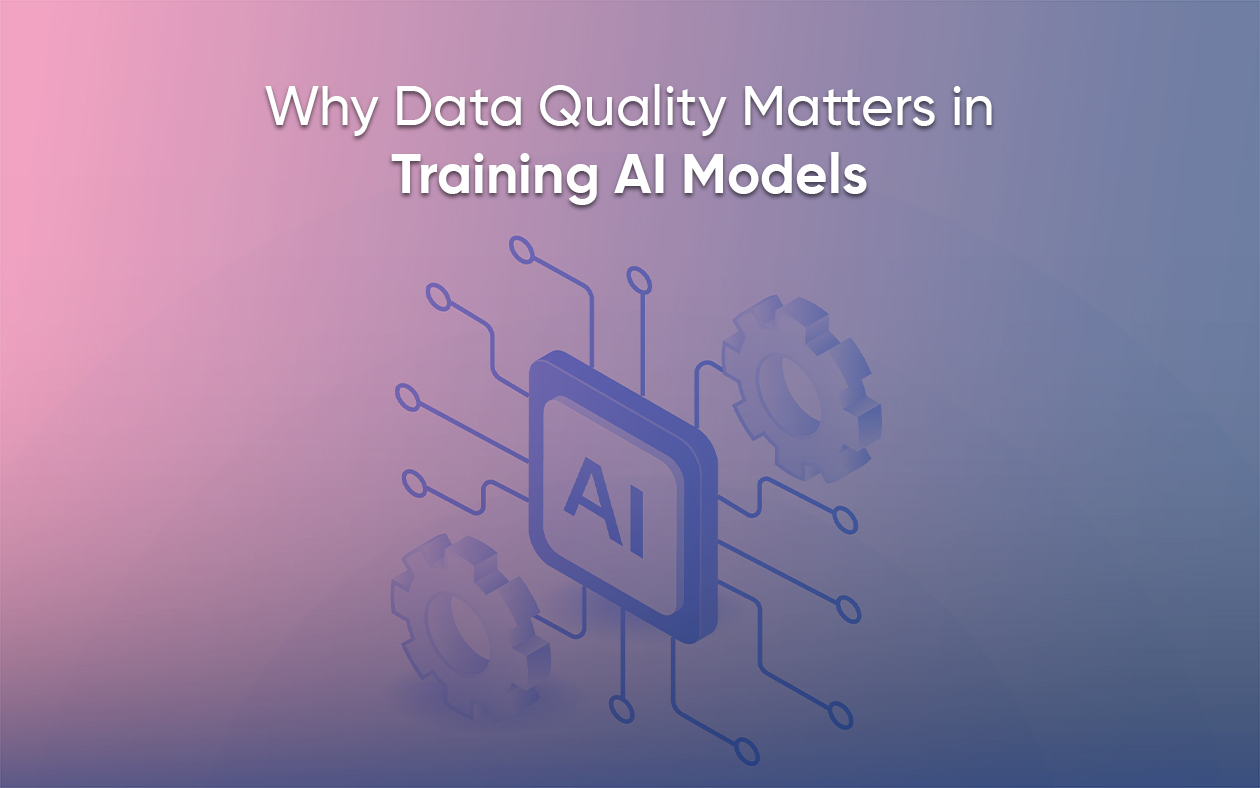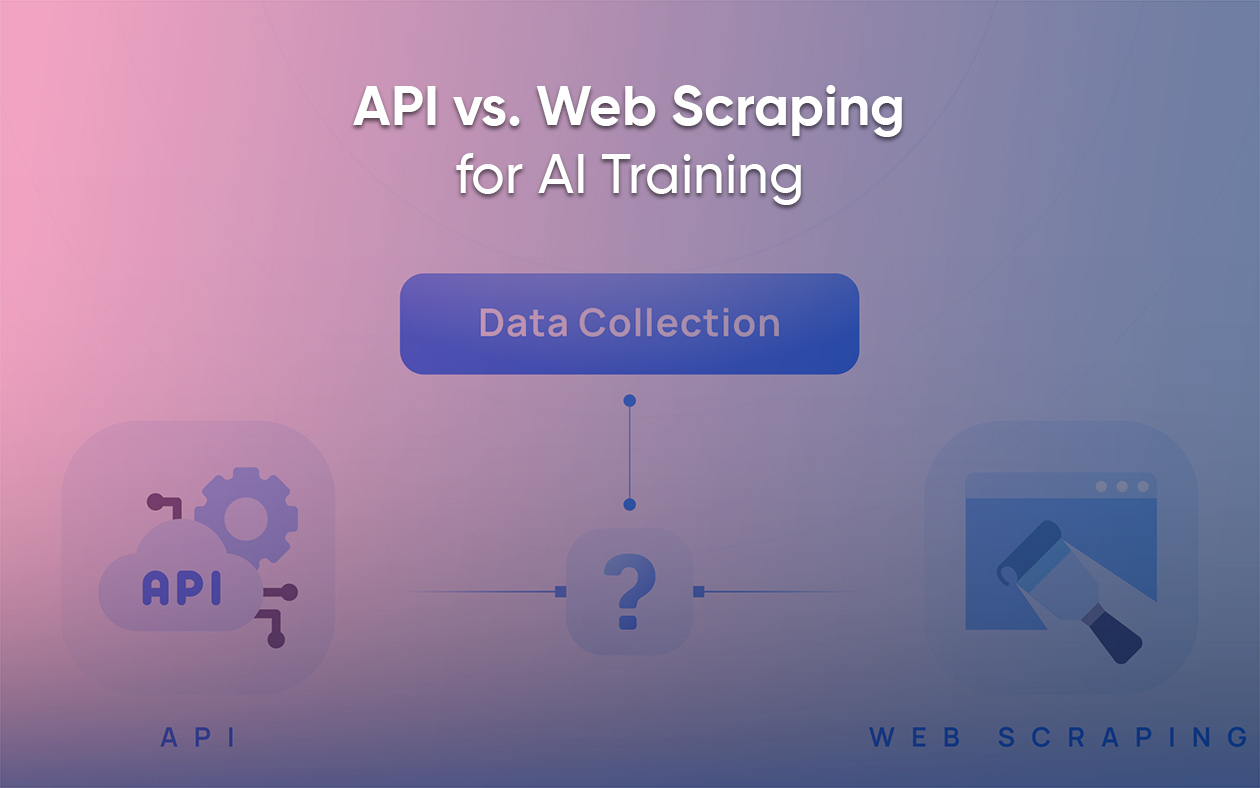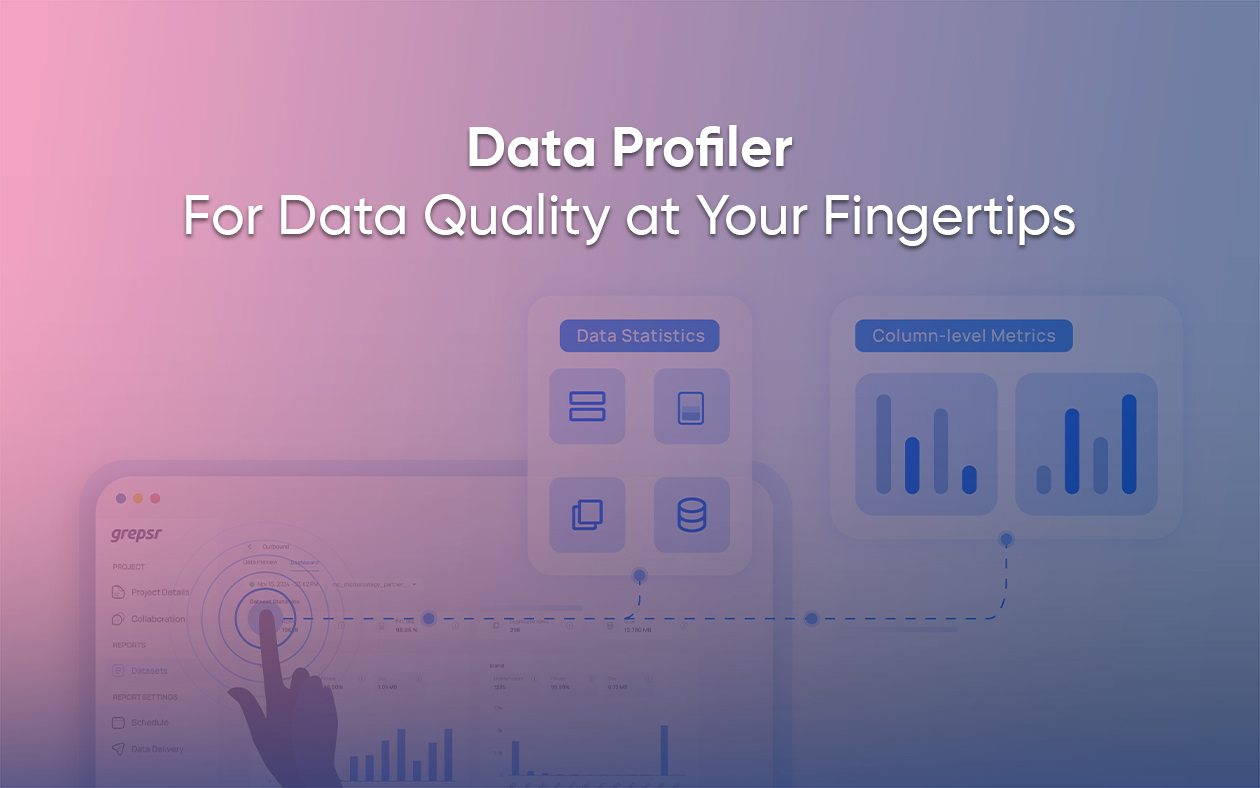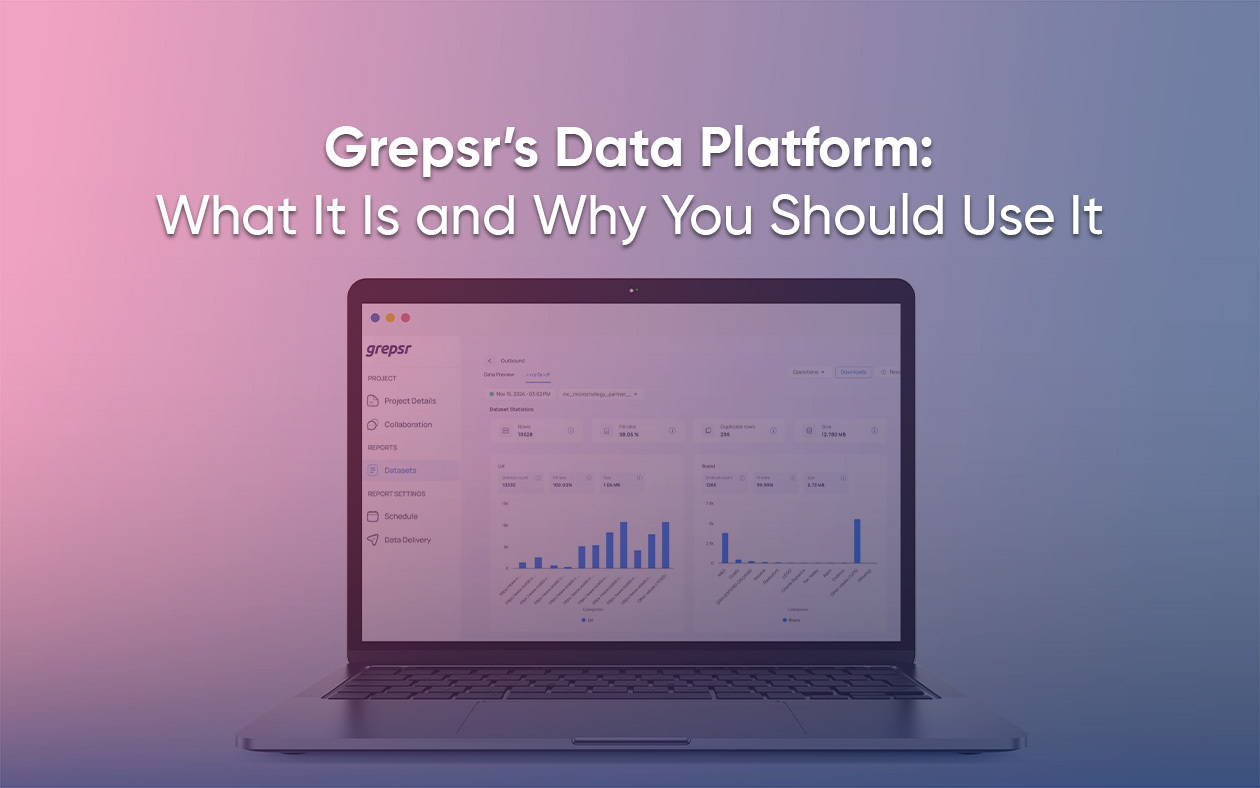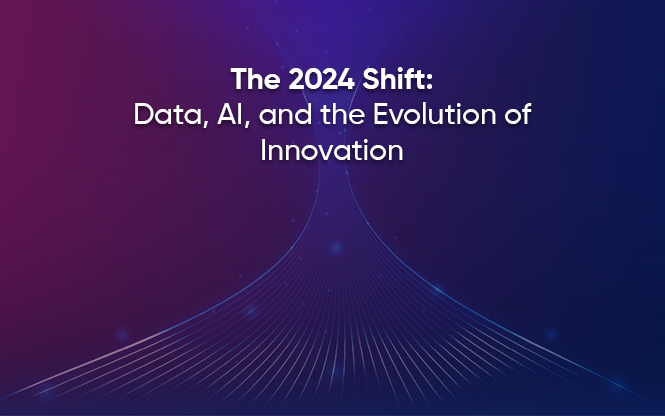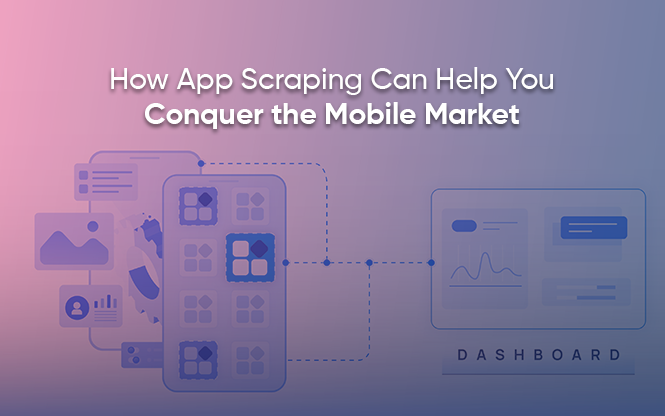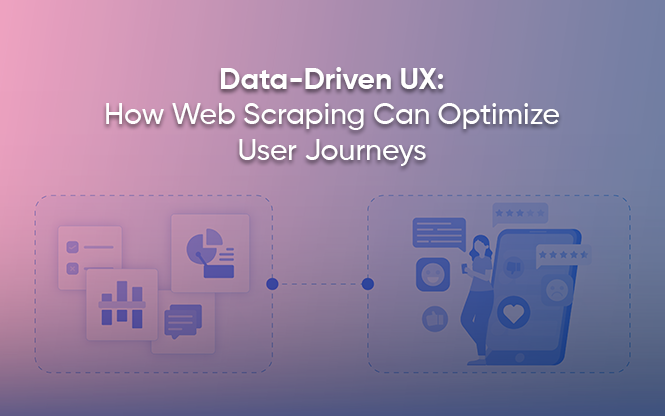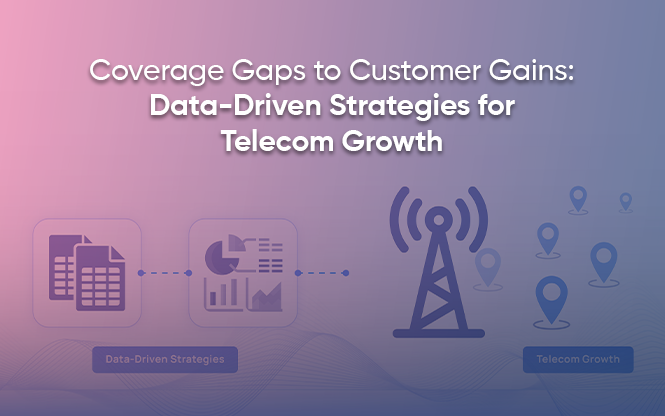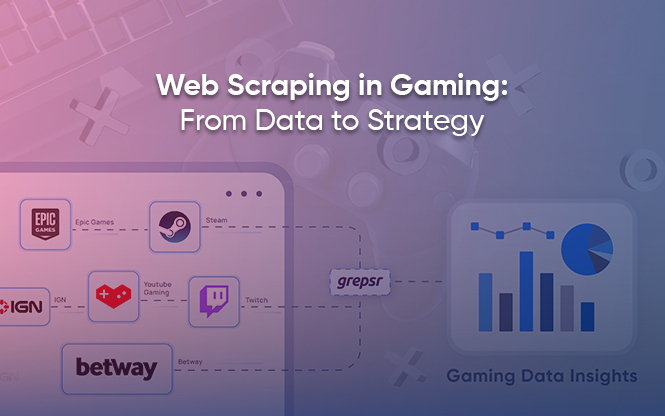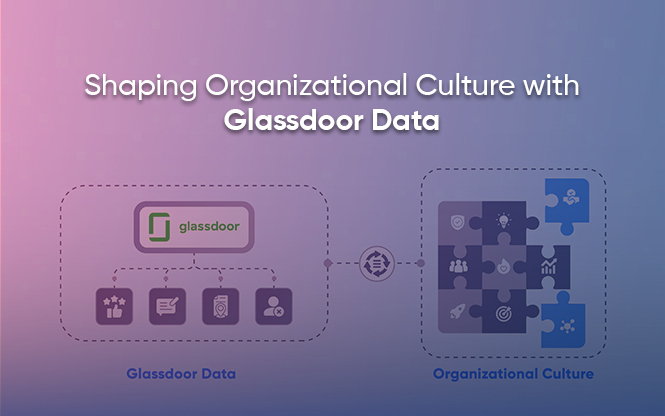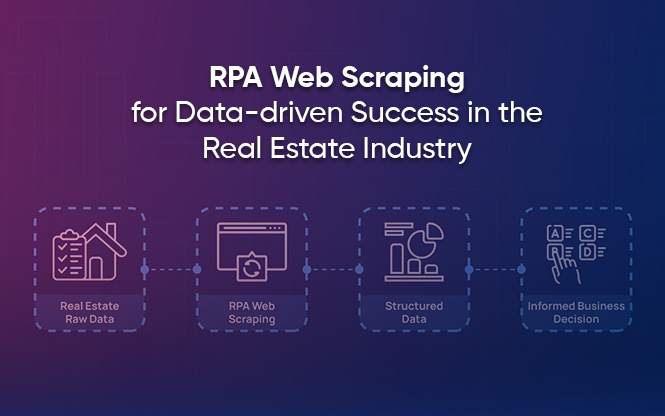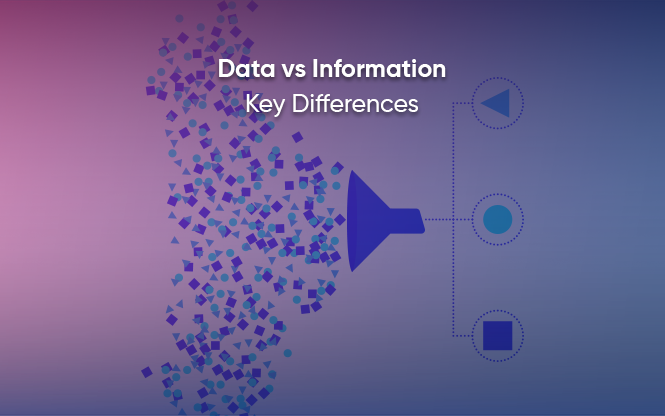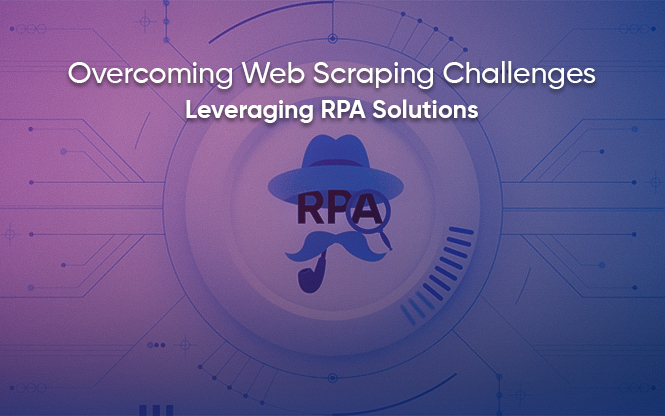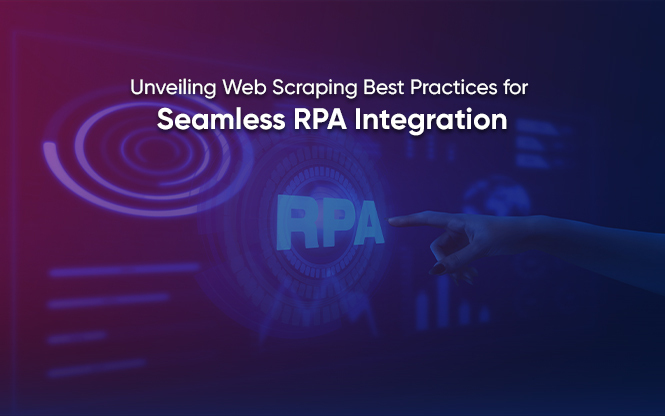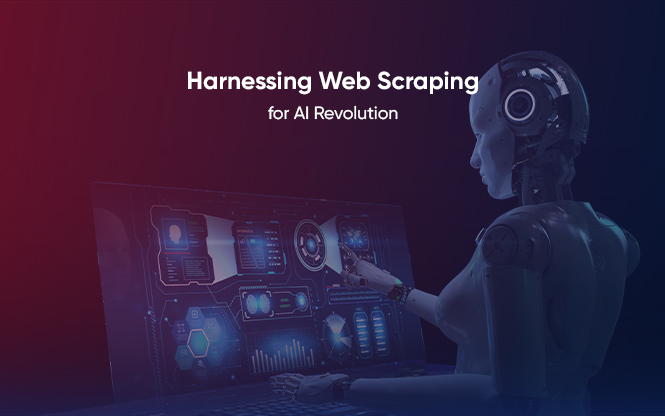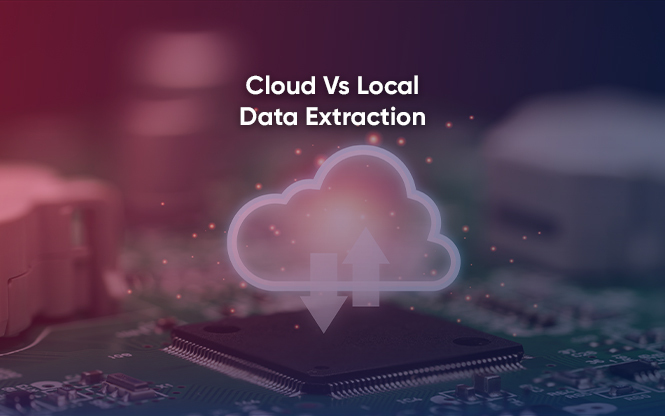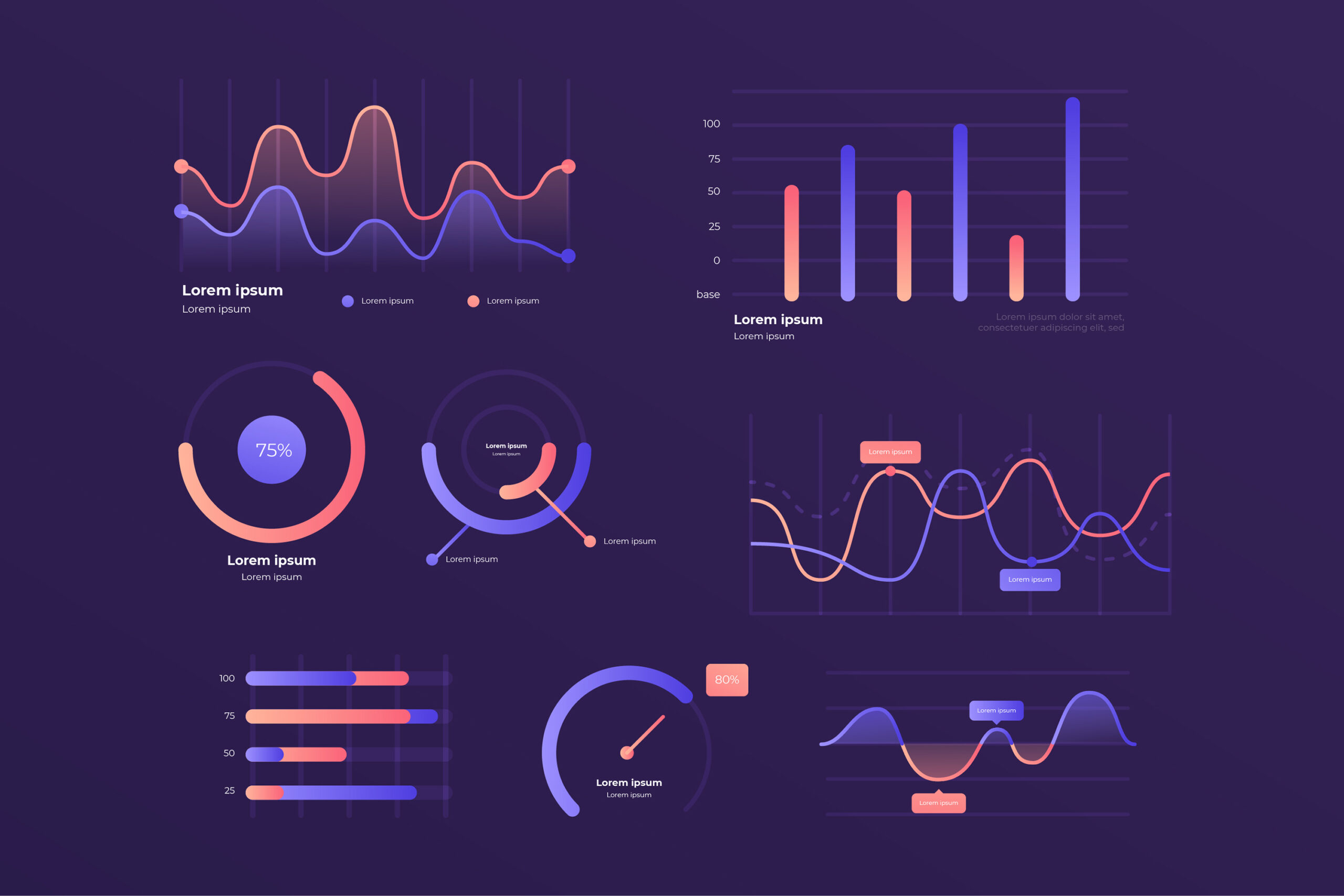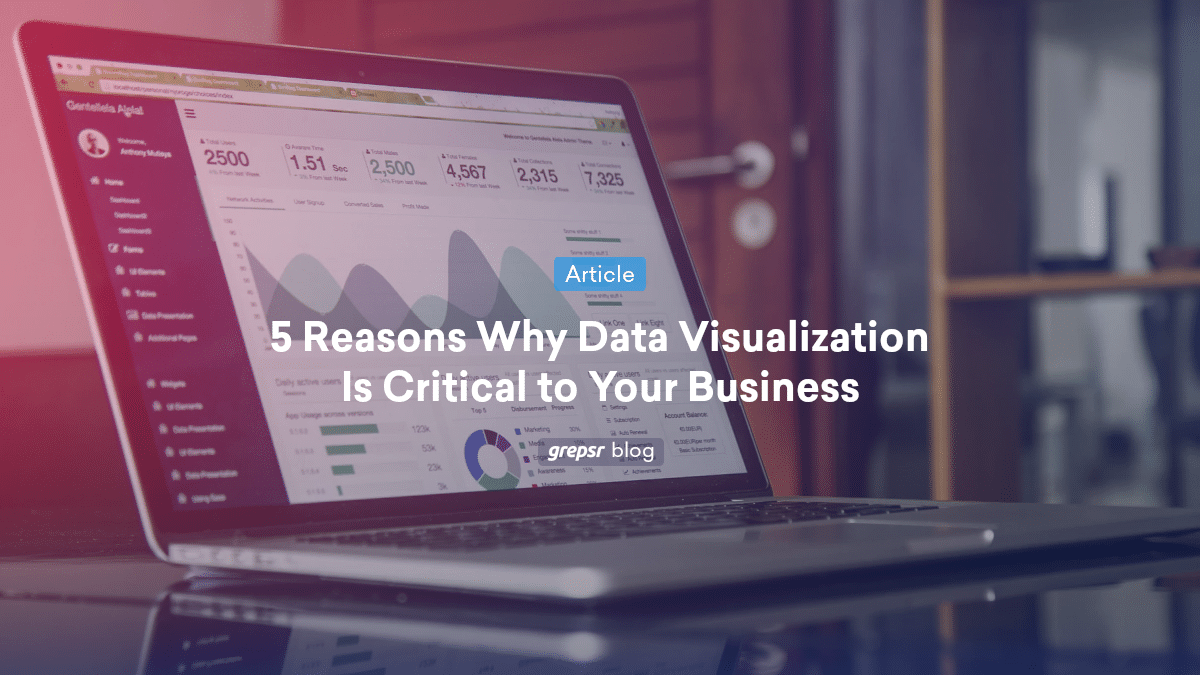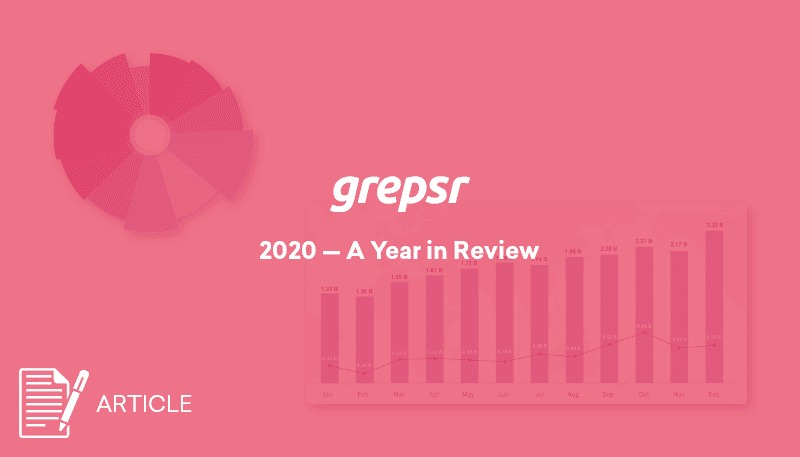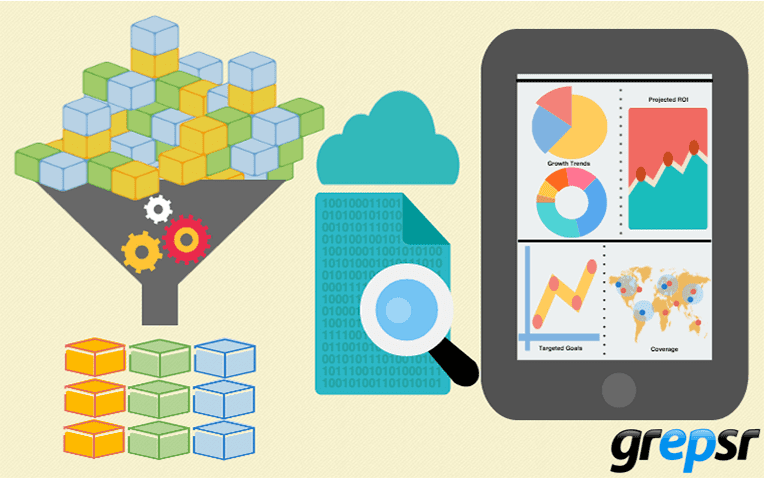You might be leaving value on the table if your team still manually collects web data. It is slow, inconsistent, and hard to scale. RPA web scraping addresses this by utilizing software robots to replicate the same steps a person would perform in a browser, albeit faster and with fewer errors.
In other words, you get clean, structured data on a schedule while your team focuses on analysis and strategy.
Industry guides describe RPA as software that mimics human actions to automate repetitive, rule-based work, which is exactly what web data extraction needs.
Let’s understand the RPA for data extraction in greater detail.
What is RPA Web Scraping?
Robotic process automation scraping utilizes bots to visit pages, sign in when necessary, apply filters, navigate through pagination, capture fields, and save results in a consistent format. The value is straightforward:
- Speed and uptime: Bots operate continuously and adhere to predictable schedules.
- Accuracy: Scripts and validations reduce human errors.
- Scalability: Adding new sources becomes a configuration task instead of a hiring plan.
If you want a quick, plain-English pairing of scraping and RPA, Grepsr’s Introduction to Web Scraping & RPA is a good starting point.
Why it matters to RPA developers, automation engineers, and CTOs
Streamlined processes: RPA removes manual copy-paste work. Developers can spend time improving logic, tests, and monitoring instead of repeating clicks.
Better data for models and BI: With scripted extraction and checks, your dashboards and ML pipelines receive stable inputs. For practical guidance, see our post on web scraping data quality.
Cost control at scale: As coverage expands, manual collection costs increase rapidly. RPA spreads setup effort across many runs while improving freshness.
Faster adaptation: Sites change layouts and flows. With a clean bot design and versioned selectors, updates roll out quickly and safely.
A practical plan to implement RPA web scraping
Use this simple plan and adjust it to your stack.
1) Start with a clear brief
List target sites, required fields, refresh frequency, delivery format, and acceptable lag. Keep the initial schema small and approved by downstream users.
2) Choose the right approach
If you want full control, build in your preferred RPA studio. If you want quicker results with less maintenance, Grepsr offers Web Scraping Solution, fully managed Data-as-a-Service, and a Web Scraping API that plugs into existing pipelines.
3) Design the bot flow
Map sign-in, filters, pagination, and extraction rules. Add field-level checks for required values and formats. Prefer resilient CSS or data attributes over brittle XPath.
4) Test on a small slice
Pilot one category or region. Compare the bot output to a known sample. Tune selectors, timeouts, retries, and error handling. Document edge cases and fallbacks.
5) Deploy and monitor
Schedule runs, track success and volume, and alert on failures or schema drift. Publish a short runbook that explains fields, refresh cadence, and how to request changes.
6) Plan for change
Treat extraction logic like code. Use staging, safe rollouts, and versioned schemas to prevent site updates from breaking production.
If you prefer an end-to-end option, Grepsr’s RPA Web Scraping page outlines how our bots automate complex sites with flexible delivery.
How to avoid web scraping blocks
Even solid bots face CAPTCHA, rate limits, and fingerprinting. A few habits help:
- Polite crawling and throttling: Follow robots guidelines and crawl responsibly. The Robots Exclusion Protocol tells crawlers what a site allows, and it clearly states these rules are not access authorization, so you still need to respect the terms and law.
- Session and IP hygiene: Rotate sessions and routes, tune retries, and avoid bursts that overload targets. Grepsr’s service pages describe responsible, non-disruptive crawling with adaptable infrastructure.
- Headless browser control: Use modern headless browsers with realistic fingerprints. Wait for the right events rather than fixed sleeps.
- Change detection: Watch for DOM shifts and field drift. Trigger light rework when layouts change.
Security, compliance, and responsible automation
Strong programs pair good engineering with transparent governance.
- Data protection: If your pipeline touches personal data, align with GDPR principles like purpose limitation, data minimization, and security by design. Rely on official guidance from the European Commission and the European Data Protection Board.
- Individuals’ rights and enforcement: The GDPR grants individuals rights such as access, rectification, and erasure, and these rights are enforced by national data protection authorities across the EEA. Build processes to respect these rights.
- International transfers: When needed, use approved mechanisms such as adequacy decisions or standard contractual clauses. Consult official guidance before moving personal data across borders.
- Source terms and ethics: Review a site’s terms of service. Prefer official APIs when they satisfy your needs. Keep audit trails from page to payload so decisions are traceable.
Real-world use cases
- Market and pricing intelligence. Track assortments, promotions, and price moves by category and region.
- Lead generation. Capture structured company and contact signals from directories and social pages where permitted.
- E-commerce operations. Monitor stock status, content updates, and reviews to resolve issues more efficiently.
See how teams in different industries apply this in Grepsr’s Customer Stories.
Why Grepsr?
Grepsr brings managed extraction, quality checks, and flexible delivery so your team gets clean data without heavy lifting.
Explore Web Scraping and Web Scraping Solution to see reliability claims, delivery options, and examples, then pick Data-as-a-Service or Web Scraping API based on how much control you want today.
Conclusion
RPA for data extraction turns messy web pages into trustworthy datasets your teams can use every day. Start small, automate the repeatable steps, and add quality checks and monitoring as you grow. With Grepsr handling extraction and delivery, you can focus on analysis, pricing, growth, and customer experience rather than selectors and scheduling.
Ready to try bot data extraction for a live use case? Start a small pilot with Grepsr and expand once the results are visible.
FAQs – RPA For Data Extraction
1) What is RPA web scraping?
It uses software robots to navigate websites and extract structured data automatically. Major vendors describe RPA as software that mimics human actions to automate repetitive, rule-based tasks.
2) How do I avoid web scraping blocks?
Crawl responsibly, follow robots’ rules, rotate sessions and IPs, use realistic browser behavior, and monitor layout changes. Robots rule guides, but do not grant access rights.
3) What should CTOs prioritize for compliance?
If personal data is in scope, align with GDPR principles, document your legal basis, and maintain robust security controls with comprehensive audit trails. Use official guidance from the Commission and the EDPB.
4) Can automated web robots handle complex websites?
Yes. With modern headless browsers, resilient selectors, and responsible routing, bots handle dynamic pages at scale. Managed services like Grepsr simplify this for lean teams.






